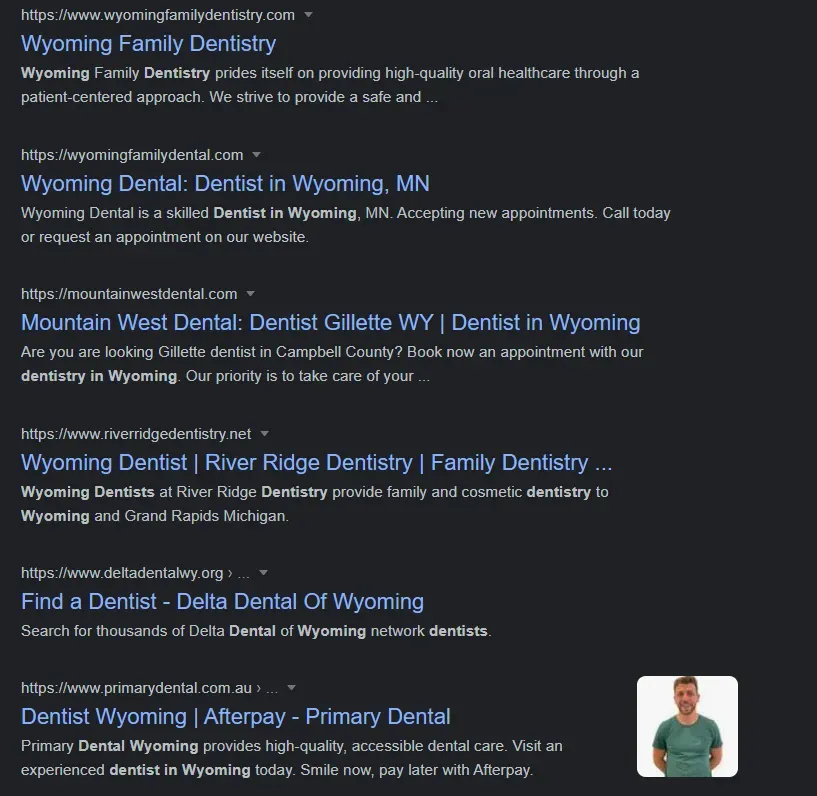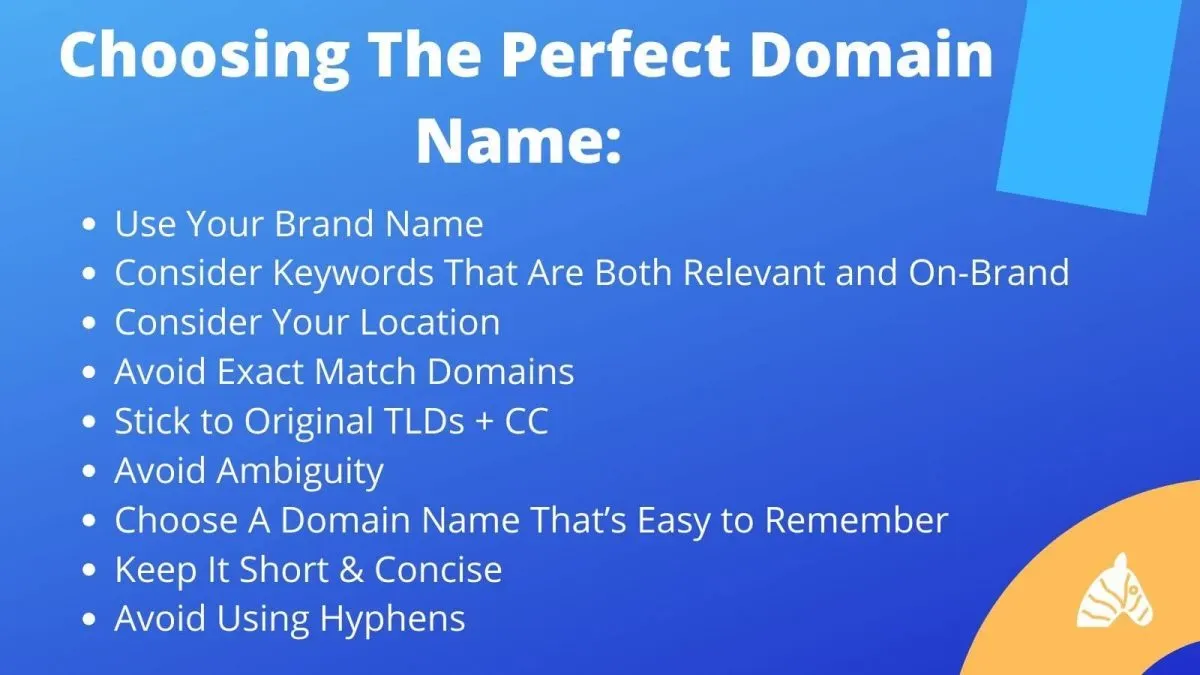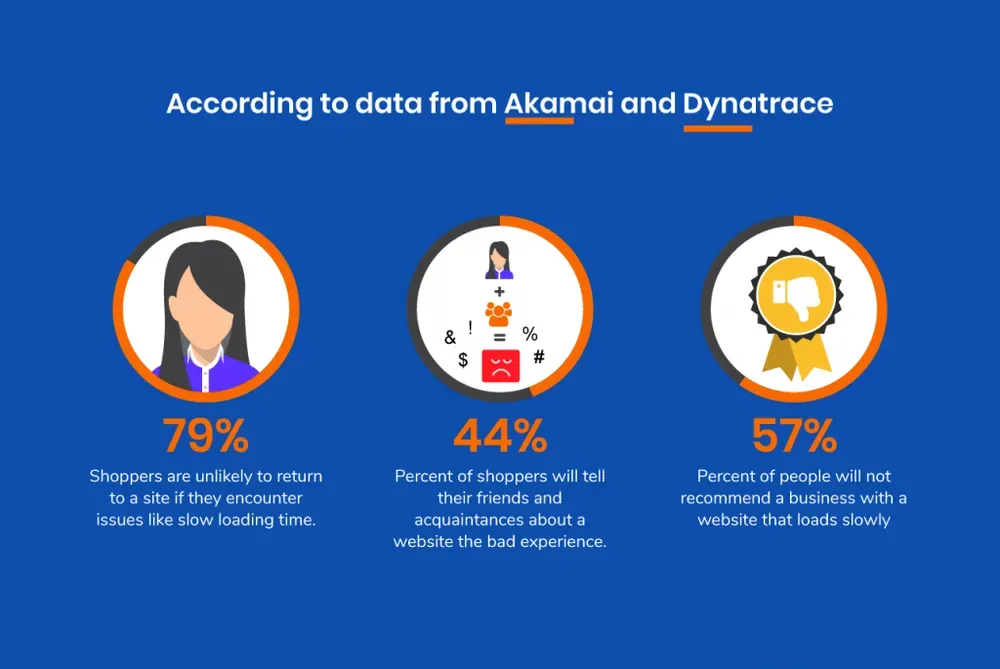In this article, you’ll learn:
Digital marketing assets are oftentimes overlooked but nonetheless crucial elements of your digital marketing strategy.
In fact, it would be proper that a proper marketing strategy is virtually impossible without good digital marketing assets.
But what are they? How do they differ from marketing assets and marketing channels?
This and more in today’s article.
Let’s dig in.
Definition of digital marketing assets
What are digital marketing assets? It’s a term referring specifically to assets that create and increase your online visibility and presence. It’s through these assets that people get to discover you and, depending on the quality of these assets, consider doing business with you.
So, things like
- Your website
- Social media accounts
- Domain itself
are types of digital marketing assets.
These are also known as marketing channels, as in “channels for distribution of your marketing assets.”
This is a good way to think about them, certainly, but recontextualizing them as assets is important. Because by calling them assets, it’s better understood that they need to be improved and iterated upon as you would do with any other asset.
What is the difference between digital marketing assets and just marketing assets?
Assets in digital marketing, also known as marketing collaterals, are things like:
- Photos
- Videos
- Informational books and pamphlets
- Blog articles
- Infographics
…etc.
So, how exactly do they differ from digital marketing assets? Well, photos, videos, and things like that can exist outside of the digital landscape. You can print photos and infographics or demonstrate videos during business conventions and that would be marketing as well.
Assets of digital marketing, however, can only realistically exist and function on the internet. Certainly, you can print out a website page by page but it wouldn’t make too much sense, does it?
Interestingly enough, while marketing assets can exist without digital ones, it doesn’t work in an opposite direction. Social media accounts, for example, cannot exist or properly function without flashy visuals or engaging copy.
This is why most people tend to think about things like social media and the company’s website as just distribution channels - the ways to deliver your marketing assets to the audiences.
This line of thinking is completely understandable but thinking about them only as channels can lead to a damaging thought pattern that things like a proper website don’t matter as long as the collaterals are good.
Why do you need to care about your digital marketing assets?
Consider these hypotheticals
- Your website has a bad design and poor performance. It takes minutes to load your website on a spotty connection and once users finally get to see it, they see a weird mess of confusing menus, distracting side banners, and an eye-gouging color scheme.
- Your domain name doesn’t elicit trust and has little relevance to your business. Maybe you decided to save money by not buying .com domain and decided to use something affordable like .xyz or .cyou. Your preferred domain name was also taken so your final URL is something like: bestbusiness.xyz
- Your social media accounts have inconsistent posting schedules. Maybe you felt “content is king” mantra is a bit too much, so you think that your posts will get visibility regardless of how often you post and which time slots you’re using.
Mind you that in all these 3 hypothetical scenarios you can still be using the best high-quality marketing collaterals that the money can buy. But they still won’t be as effective as they could have been because any given digital marketing asset of yours is in such poor shape. Measuring incrementality using tools like Sellforte allows you to identify which digital marketing assets are truly driving impact, rather than just taking up space online.
This is a consequence of thinking about these assets only as distribution channels and not as standalone assets that need to be maintained, improved, and updated as consistently as any other image, video, or infographic.
When your digital marketing assets are in a disarray you reduce your organization’s trustworthiness, lower the chance that people will discover your business, and also diminish the value of your other marketing collaterals.
Now, let’s talk about things to pay attention to when you’re nurturing these 3 types of digital marketing assets.
Domain Name
To determine what makes a good domain name, let’s consider two common ways how a user would engage and discover it.
- They don’t know about you and discover your domain by searching for a solution that your business provides.
- They learn about your business from other marketing efforts (like physical ads or a social media post) and see a CTA such as “Go to the website.com to learn more”
In both scenarios, the hope is that the user will click through your link as it brings them a step closer to becoming potential customers.
In the first scenario, the most important things are relevance and perceived trustworthiness.
Let’s say you’re currently traveling through Wyoming and want to fix a sudden toothache. Searching for a dentist in Wyoming will bring up these results:

So these domain names have few things in common: they say something about dentistry and some also specify the location, Wyoming. So, even without clicking, you already know that if you click through, you’ll end up on something related to dentistry.
Now, perceived trustworthiness is a bit more of a subjective factor but avoiding ambiguity, complicated domain names, and odd domain names like aforementioned .cyou can increase the perceived reputation of your domain.
In the second scenario - where people already know about your business and what it does before discovering a domain - it is also important to make your domain name memorable and easy to remember.
Another hypothetical.Let’s say you’ve opened a new local pizza joint in NYC. By enlisting top marketing agencies in New York, you'll be able to advertise all over the city and on social media. They might not be hungry right now but they certainly will be in the future. If your domain is something like pizzajohn.com there is a higher chance that they will look up you on the internet in comparison if your domain was something like bestnewpizza-inthetown.org or something.

Website
Like domains websites are more complicated than initially might appear, as they have two main things going for them, that I”m going to roughly split into two categories: backend and frontend.
To better understand those things, imagine a car. There are things going under the hood (like an engine) that make the whole thing run and properly function - that’s your website’s backend.
How the car looks, how comfortable are the seats, etc. is the frontend.
Taking care of both is a good way to guarantee that your website is a shining example of a digital marketing asset.
Backend
Where is your website hosted? How well is it built? Knowing the answer to these questions is the difference between a website that just exists and one that leads to users’ positive experiences and more conversions.
Hosting is where your website exists physically. When someone loads your website’s URL their device sends a request to the host’s location and it sends back the requested page. Stability and speed are the two key factors behind a properly chosen host.
Let’s say that you decided to host your website locally at your company’s premises. Or maybe you’ve ordered a website from a development company and they offer to host a website for you. However, this line of thinking can overlook the fundamental importance of digital infrastructure. Establishing a strong online presence, such as through a well-crafted website, is crucial. It's not just about distribution; it's about creating a lasting digital footprint that enhances brand credibility and visibility. Whether it’s through engaging social media content or finding insightful guides and tips on Gadgetpickup, every element plays a pivotal role in shaping a cohesive digital strategy.
In the first scenario, unless you have a dedicated robust server, your website can actually go offline if it suddenly receives a sudden surge in traffic. Let’s say you’ve run successful marketing campaigns, driving huge swaths of people to your website. But, when a website receives too many requests, it actually fails completely, so no one can access it. As a consequence, you’ll miss out on the momentum generated by your marketing efforts, as people would just move on to the next thing by the time you get things running again. ProCoders is a team of dedicated professionals who can turn your digital marketing assets vision into reality. Learn how their expertise can elevate your digital marketing strategy in this insightful blog.
In the second scenario, things are kind of out of your hands, if something happens to the development company or you have some dispute with them in which they might actually hold your website hostage. For example, maybe you’re going to have a payment dispute and they will take down your website until it’s resolved. It’s not something that happens frequently, especially with highly reputable companies, but it’s something to consider.
Speed is another factor that can be affected by hosting. Internet still abides by the laws of physics, so downloading a page from the other side of the globe will take more time. If you know that majority of your users come from Europe or the Americas, trying to save money by buying hosting in Australia can actually cost you more money in the long run.
Website’s backend proper is how well your website has been built and optimized. There are many technical reasons why a website might not be performing as well as it should. If you have a checkout at your website, a poorly built payment system can fail to process people’s payments which, obviously, will turn them away from doing business with you.
Poor SEO optimization - high definition images, a busy interface that takes too much time to load - these things affect your website’s performance and can lead to a negative website experience, which negatively impacts your business. By conducting a technical SEO audit you can spot these issues in a timely manner and mitigate the risks of poor SEO performance.

Frontend
Web developers reading this probably gonna crucify me for not being completely factual, but in the context of this article, I’m going to refer to front end mostly as how the website looks. So things like design, UI/UX (how intuitive are the menus, how easy it is to find things that the user wants). Not paying attention to these things, and having a bad design can lower the perceived value of your business and marketing efforts and drive prospects away.
Determining what makes a “good design” is a whole science that also varies depending on your target audience, and the website’s purpose - is it just an informational one-page landing or a fully-fledged store? Both require a specific approach and if you’re unsure of how to proceed with the design or what makes it good, you should consult with designers.
The one important thing I can say is that you need to maintain brand consistency across your multiple channels. That is to say, the fonts, colors, and tone of voice you use on social media should be consistent with the one you’re using on the website.
Because of its seeming simplicity, email is one digital marketing asset that perfectly illustrates the idea that you have to build those up as well as you would any other marketing collaterals.
Let’s say you have a perfect one-of-a-kind deal and you want to let your email list know all about it. Maybe you’ve even prepared a perfect video or an infographic to accompany the announcement in the hopes that it will entice new clients.
But after the email campaign is over, you find out that the results aren’t what you expected.
Why?
Signs of an ineffective email campaign are:
- Generic subject lines;
- Poorly written email body’s copy;
- Lack of good CTA assets;
- You are sending emails to the wrong people;
As you can see, it doesn’t really matter what email is offering if no one is going to bother reading it or even opening.
And it’s a whole package, not just one thing. Sure, you can increase open rates by writing a clickbait headline but if the email itself is a jumbled mess, not only your email campaign will suffer; your company’s overall reputation will sink as well.
So, whatever you do, make sure that you respect people’s time and intelligence when writing emails. They’ve already given you the privilege of subscribing to your email campaign, after all.
Social Media
Social media is, perhaps, the ultimate way of spreading awareness about your business. Because let’s face it: it’s not Google or Emails that people spend most of their time at - it’s social media. It’s the place where people want to be, regardless of how sincere or ironic they are about that habit.
But with such a high influx of engaging content and competition, it’s not good enough to just make good content. Content is king - that’s true. But a king of no land is not something you want to be.
Once again, building a proper SMM strategy is an entire science, and I, unfortunately, cannot describe it in detail here without this article being twice or thrice as long.
Talking from experience, I can only say that you have to remember that it’s an asset. And similarly to a video or an image that you would edit and improve until you’re satisfied with the result, building SMM from scratch requires a degree of experimentation.
Thankfully, the majority of social media platforms - Twitter, Facebook, Instagram, and such - provide you with pretty robust analytics, explaining which posts work well with your audience. There are also agency social media management tools to give you a competitive edge on social media.
So trying out different publication schedules, the type of content, and the media that you include in each post, and seeing how they perform is a fairly sensible way to establish a good SMM strategy.
How Pics.io Can Help You With Creating Digital Marketing Assets?
Pics.io is a digital asset management software for marketing, designed to make the management of your digital assets (photos, videos, infographics, etc.) easier.
So, the things we were calling marketing collaterals so far. Well, what about digital marketing assets then?
The benefit here is that if you want to quickly check the well-being of your existing digital assets, you don’t have to go somewhere else - you can access all the information you need from the one single source of truth for your digital assets.
Let’s take look at the websites as an example. If we’re talking about content marketing, the important thing is ensuring that the information you present on your website is factual, relevant, and up-to-date. Because if a user decides to visit your page and sees information that has been outdated for years now, they’ve just wasted their time.
In Pics.io, you can associate images with the blog articles that they belong to. Thus, whenever an image needs to be changed, you can just quickly see all the relevant articles and quickly find all the places where you need to change the images.
Conclusion
Digital marketing assets are the lifeblood of your marketing strategy. Without properly setting up things like your website and social media accounts, no matter how excellent the images or videos that you’ve commissioned - they will be just sitting there, collecting dust.
So, next time you’d be wondering about things you need to improve, consider taking a gander at 4 digital marketing assets examples that we’ve described today and you’ll find that there is plenty of things you can do to take control of your marketing’s success.
Digital asset management, meanwhile, can ensure that all your marketing assets can be quickly discovered, managed, and accessible from a single place. Such a marketing asset management system would be a huge boon for everything you want to do.
Did you enjoy this article? Give Pics.io a try — or book a demo with us, and we'll be happy to answer any of your questions.
FAQ
What is a digital marketing asset?
Digital marketing assets are types of marketing assets that focus on establishing and strengthening your online presence. Unlike traditional marketing assets, digital marketing assets only work, well, digitally. Whereas an image, for example, can be both printed and digital, a website only works on the internet, thus making it a de-facto digital marketing asset
What are examples of digital marketing assets?
Examples of digital marketing assets are those that only work online. So not all marketing assets can qualify. So things like
- Website;
- Email;
- Social media accounts;
- Your domain name.



